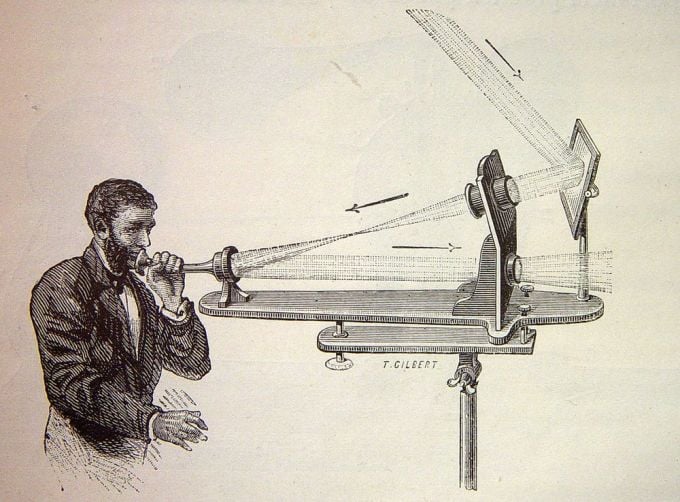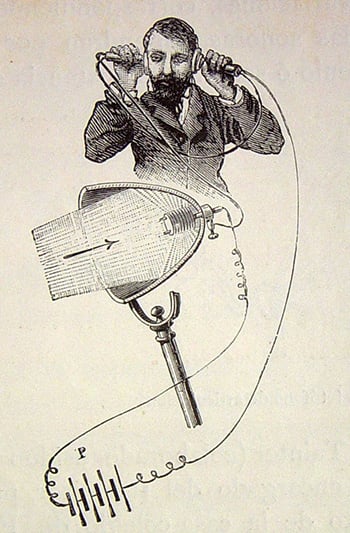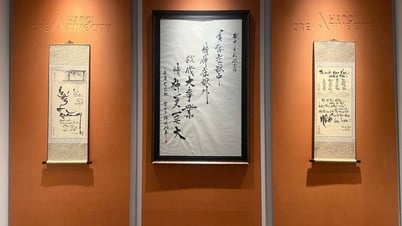Inventor Alexander Graham Bell had high hopes for the optical telephone, envisioning that wireless communication would replace the tangled web of telephone wires.

Illustration of the transmitter of a fiber optic phone. Photo: Amusing Planet
Today, the telephone is often considered the greatest invention of Alexander Graham Bell (1847 - 1922). However, Bell disagreed. He once described the invention of the photophone - a device that transmitted sound using light - as his greatest achievement.
In 1878, while on his honeymoon in Europe with his wife, Bell read a study by Robert Sabine, published in the journal Nature , on the newly discovered property of selenium, which was that its electrical resistance changed when exposed to light. In his experiments, Sabine used measuring instruments to examine the effects of light on a selenium rod connected in a circuit to a battery. "The slightest shading or other variation in the intensity of the light produced a significant change in the electromotive force of the two bodies," Sabine wrote.
Sabine thought that selenium could be used as one of the elements in a wet galvanic cell, but Bell found a more practical application. According to Bell, if he added a telephone receiver to the same circuit, he would hear things that Sabine could only see.
Bell hired Charles Sumner Tainter, an instrument maker, and together they created a working optical telephone in the laboratory by attaching metal grilles to a screen, with the light beam being interrupted by the movement of the grilles in response to speech. When the modulated light beam hit a selenium receiver, Bell could clearly hear Tainter singing through his headphones.
On April 1, 1880, Bell and Tainter successfully communicated at a distance of about 79 meters. A few months later, on June 21, they again communicated clearly at a distance of 213 meters using sunlight as a light source. Tainter stood on the roof of Franklin College and conversed with Bell, who was standing in the laboratory. Bell then signaled to Tainter by waving his hat from the window.

Illustration of the receiver of a photophone. Photo: Amusing Planet
Bell hoped that his new optical telephone invention could be used on ships at sea. He also envisioned that wireless communication would replace the tangled network of telephone wires that were increasingly sprouting up along busy city streets.
"We will be able to communicate by light over any visible distance without any wires. In general science , optical telephony will lead to discoveries that are undreamed of today," Bell shared.
However, Bell failed to protect the transmission from outdoor elements such as clouds, fog, rain, or snow, which could easily disrupt the transmission of light. Soon, inventor Guglielmo Marconi's radio transmission capabilities began to outstrip the maximum range of optical telephony.
Today, light beams are the primary means of transmitting information across the globe, though not in the form Bell intended. Instead of transmitting light signals wirelessly, they are now transmitted across continents via fiber optics.
Thu Thao (According to Amusing Planet )
Source link


![[Photo] Prime Minister Pham Minh Chinh chairs conference to promote public investment growth momentum](https://vphoto.vietnam.vn/thumb/1200x675/vietnam/resource/IMAGE/2025/5/20/7d1fac1aef9d4002a09ee8fa7e0fc5c5)




































































































Comment (0)